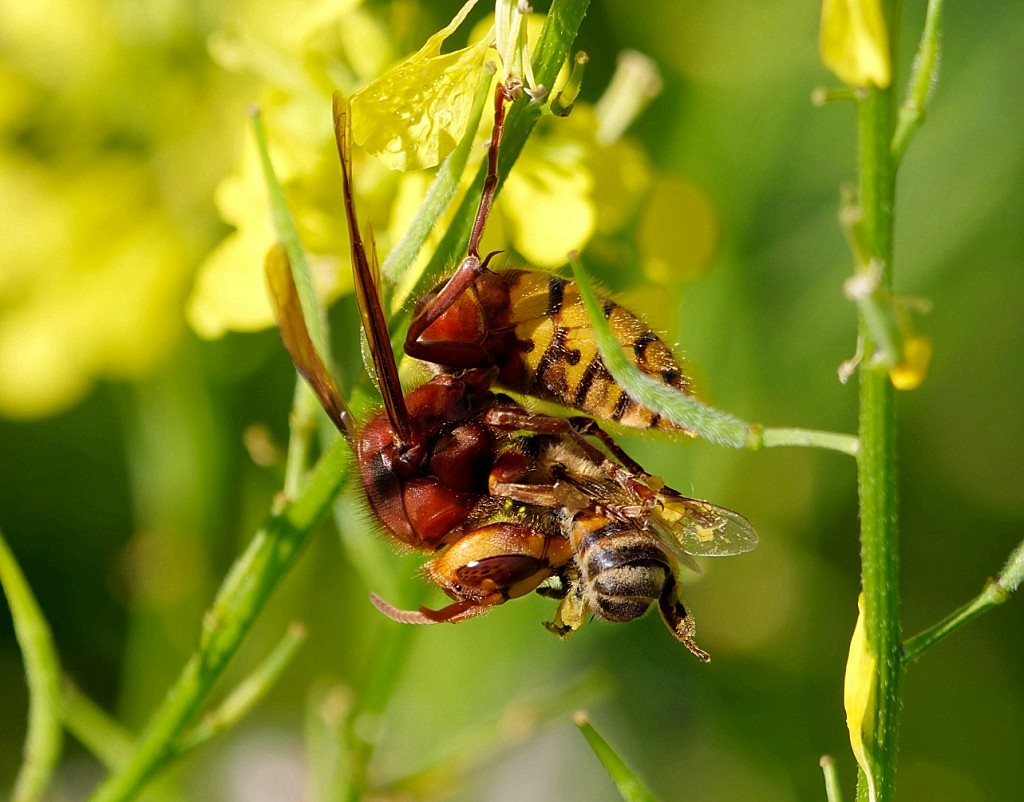Woolston Eyes Monthly Sightings
2023-09-30
With hazy cloud and a light southerly breeze this morning, conditions looked good for observing visible migration. We are in that overlap period, when the last few summer migrants are heading south and the first of our winter visitors just arriving, so its always interesting to see what passes through. The plan was to observe from the Elevated Pools on No.1 bed, where the high, easterly vantage point is usually the optimum place to be but, for various reasons, we ended up watching from the Morgan Hide on No.3 bed. Most of the movement was in the first three hours after dawn, with 72 Swallows, 42 Skylarks, 33 Meadow Pipits, 13 Grey Wagtails, 7 Pied Wagtails and 250 Woodpigeons all heading south. Pink-footed Geese were also on the move, with 350 in eight skeins predominantly heading for the east coast. Interestingly, there was also a steady flow of Black-headed Gulls dropping in to loaf and bathe before also heading east. By mid-morning nearly 600 had passed through. A very decent morning finished with Hobby and Marsh Harrier both arriving to hunt. Photo of a Grey Heron Cheers David Bowman (with Helen Wynn and Brian Baird)
Submitted by: David Bowman
2023-09-14
This link is to a few minutes of video from the past few weeks. Includes stuff as various as a Hornet catching a Honeybee, a Great White Egret and a Lesser Black-backed Gull predating a juvenile Water Rail. plus quite a bit more.
https://youtu.be/SlQSlf4AUAM
Cheers David
Submitted by: David Bowman
2023-09-09
It was still, humid and increasingly hot as the morning wore o. Walking on to No.4 bed at dawn it was nice to see an Elephant Hawkmoth caterpillar clinging to the underside of a Himalayan Balsam leaf, which is one of the species’ main food plants. Given the amount of invasive Balsam on the Reserve, its little wonder that we’ve got such a good population of this large, attractive moth. With the ground mist starting to clear we spent an hour scanning the wetland from the viewing platform, with highlights of two lingering juvenile Black-necked Grebes, a couple of Snipe, a late Garden Warbler and a few hundred Coot and Gadwall. With the heat rising, we retired to the Morgan Hide on No.3 bed where we were treated to a few waders, including 1 Curlew, 3 Green Sandpipers, 2 Common Sandpipers, 2 Snipe and 2 Oystercatchers and finally, a hunting juvenile Marsh Harrier. Photo of the Elephant Hawkmoth caterpillar Cheers David Bowman (with Helen Wynn and Brian Baird)
Submitted by: David Bowman
2023-09-05
A hot, still morning produced some excellent variety, if not volume, with a steady trickle of migrants over both Nos.3 and 4 beds from dawn onwards. Waders were at the forefront, with singles of Greenshank, Ringed Plover, Common Sandpiper, plus 11 Black-tailed Godwits, 2 Green Sandpipers and 6 Snipe. Passerine movement was typical of an early autumn day, with 1 Tree Pipit, 2 Yellow Wagtails, 5 Siskins, 5 Grey Wagtails, 1 Lesser Redpoll and 11 Meadow Pipits. Other sightings of note included 4 juvenile Little Egrets, 2 Garganey, 2 juvenile Black-necked Grebes and 2 (maybe 3) juvenile Marsh Harriers. It was also interesting to note a few Hornets hunting and feeding around the No.3 bed seed crop, one of which caught and carried off a Honeybee. Although they are our largest species of wasp and look really fearsome, they are much less aggressive than Common Wasps. They feed on nectar and tree sap but catch bees and other insects to feed to their larvae and have become more common on the Reserve in recent years. Photo of a Hornet with a Honeybee Cheers David (with Dan Owen)
Submitted by: David Bowman
2023-09-02
With a warm, calm, autumn day forecast we decided to try an early visible migration session. It turned out to be fairly quiet for passage birds, though sitting in the sunshine on No.1 bed is never less than a joy, with plenty of butterflies and dragonflies around the pools and flower-rich grasslands. Migrants noted included: 62 Swallows, 36 House Martins, 5 Siskins, 8 Meadow Pipits and 13 Skylarks. A wander down to Butchersfield Tip then produced 2 Mandarins and at least 40 Chiffchaffs. Dragonfly counts totalled 2 Southern Hawkers, 5 Migrant Hawkers, 1 Emperor, 1 Brown Hawker, 6 Ruddy Darters and 60 Common Darters, while butterfly counts totalled: 1 Common Blue, 3 Meadow Browns, 3 Large Whites, 1 Comma, 21 Red Admirals and 26 Speckled Woods. Photo of a Skylark Cheers David Bowman (with Dan Owen and Helen Wynn)
Submitted by: David Bowman
2023-09-01
August butterflies. The highlight of the month was the near record number of Speckled Wood, whereas other species, notably Common Blue and Small Tortoiseshell, were very disappointing. Maximum totals were as follow; Large White c.34, Small White c.37, Green-veined White c.40, Small Copper 2, Common Blue 13, Holly Blue 3, Red Admiral 24, Peacock 43, Small Tortoiseshell 1, Comma 22, Speckled Wood 211, Gatekeeper 76 and meadow Brown 14.
Submitted by: Dave Hackett




